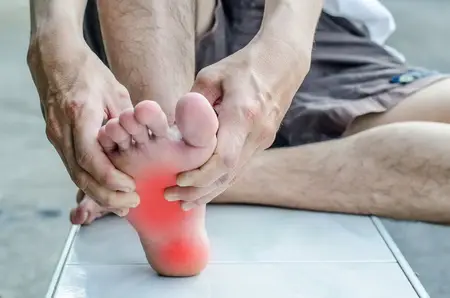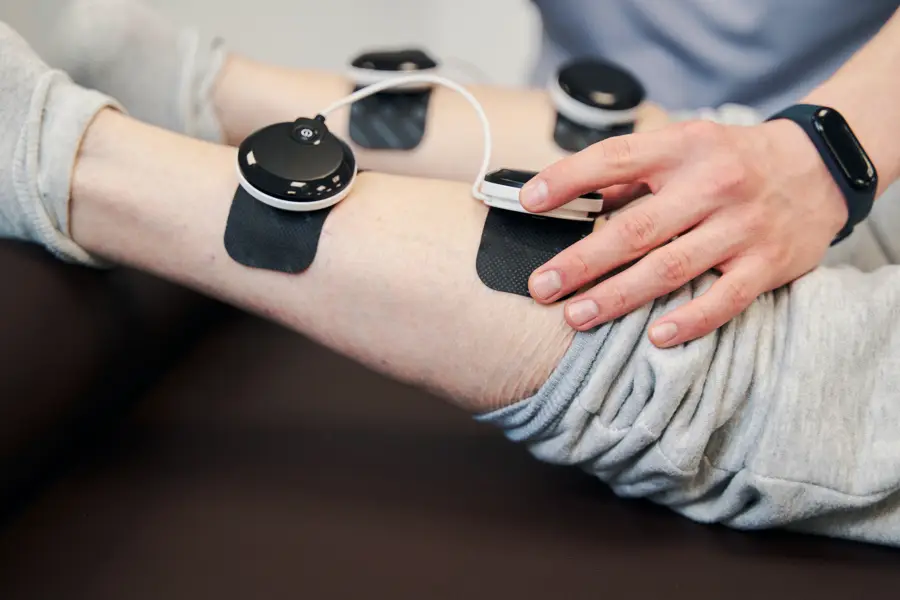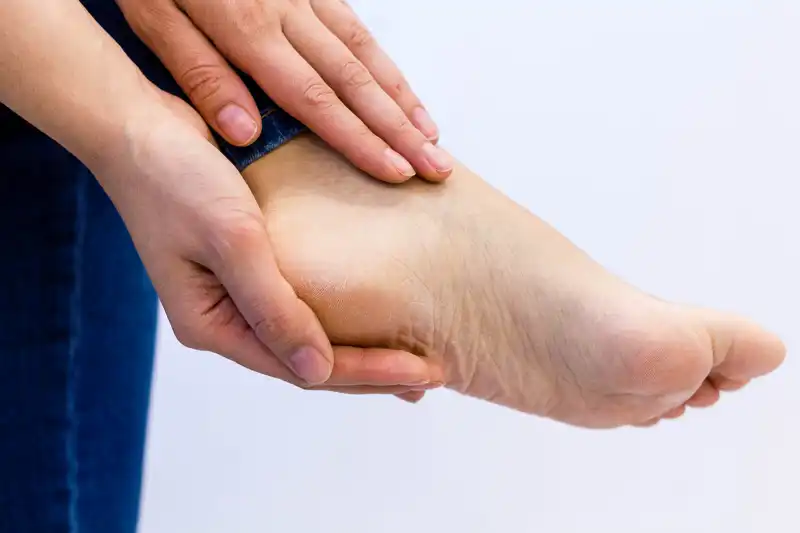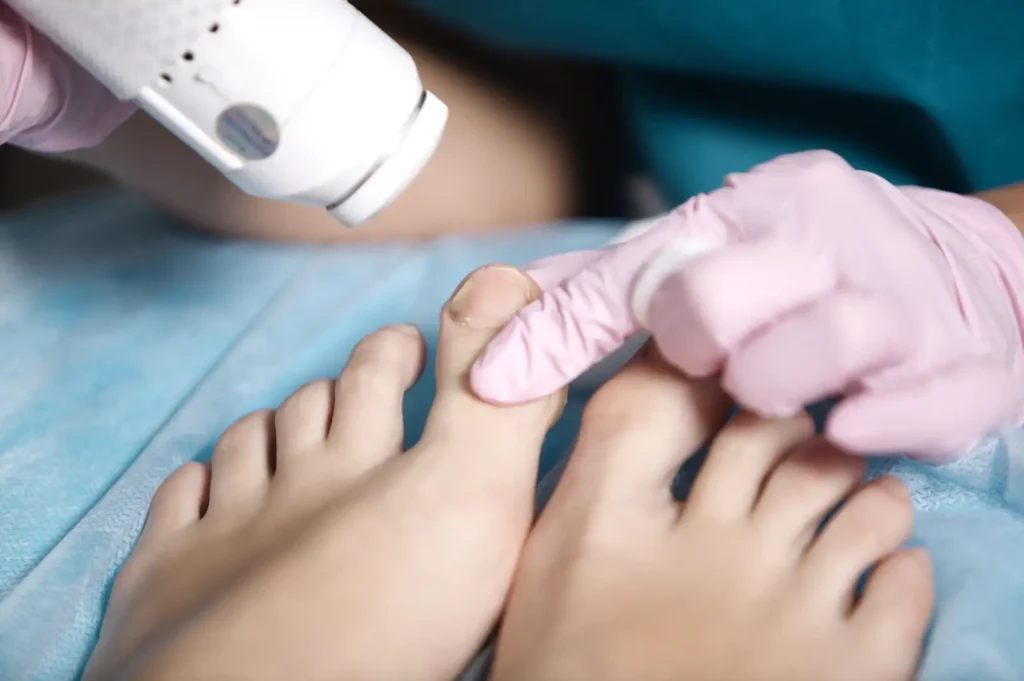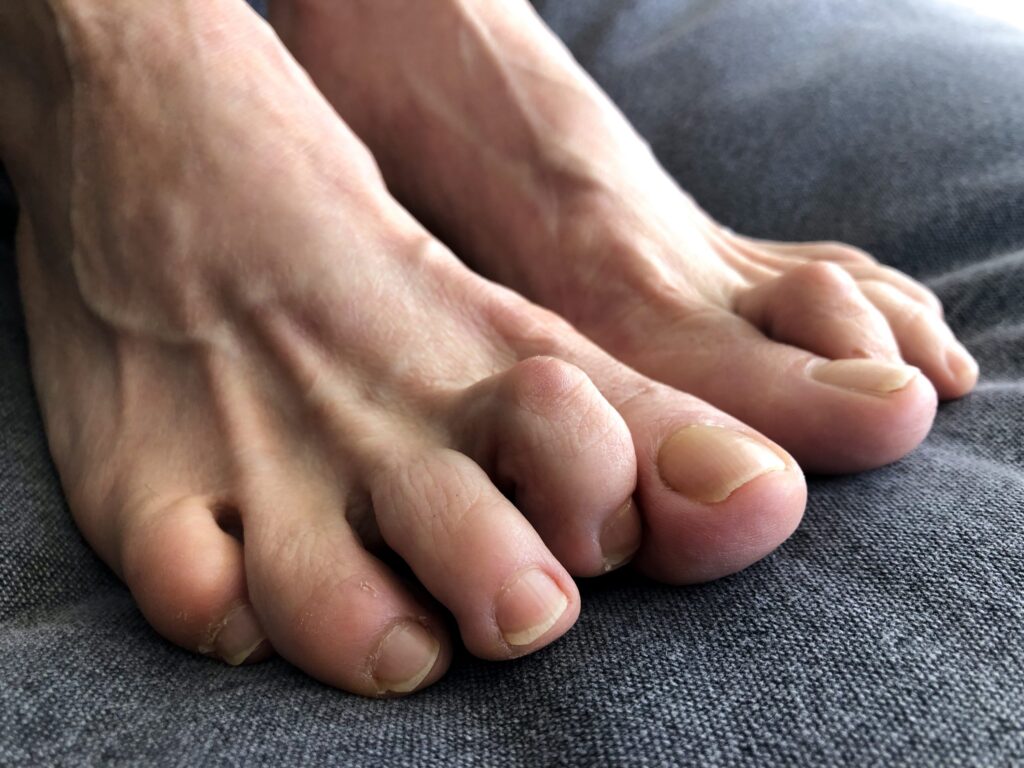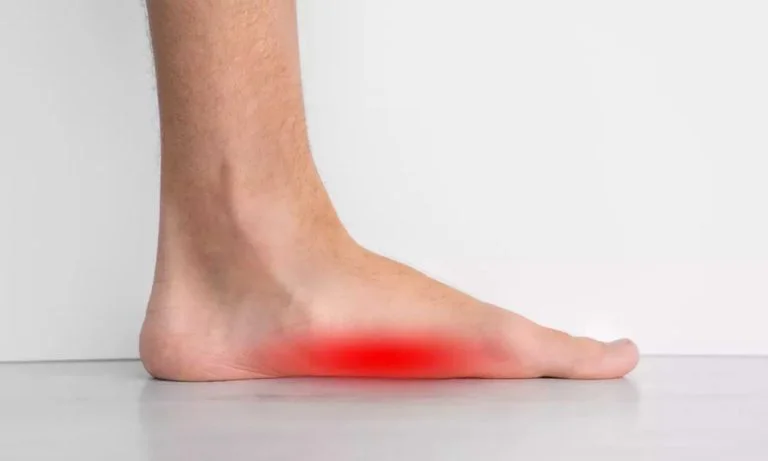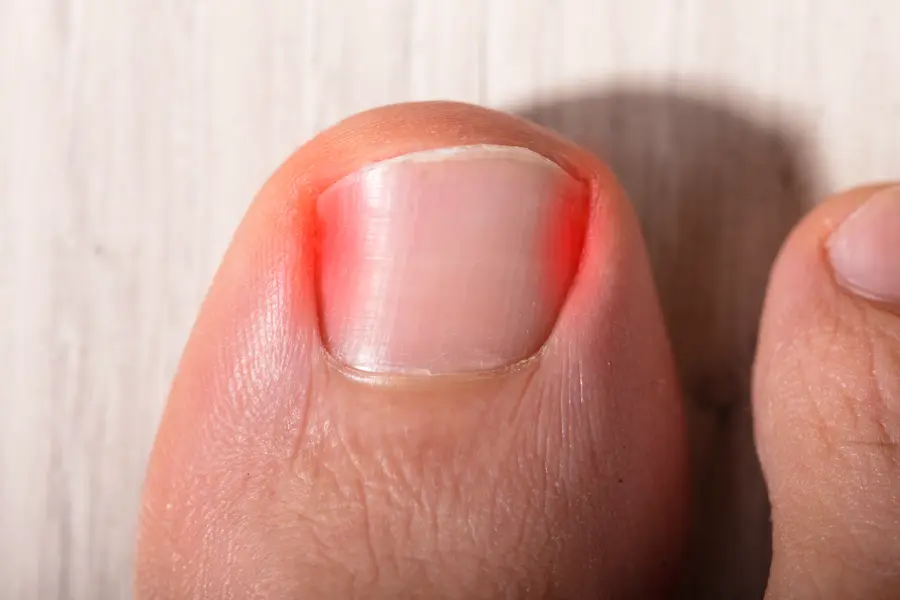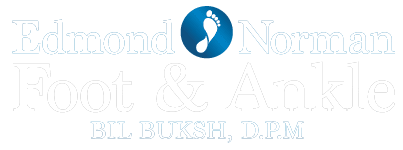Arthritis & Gout
What is Arthritis & Gout?
Arthritis is a general term for conditions that cause inflammation and pain in the joints. Gout is a specific type of arthritis characterized by sudden, severe attacks of pain, redness, and swelling in the joints, often affecting the big toe. Gout occurs when urate crystals accumulate in the joint, causing intense inflammation and pain.
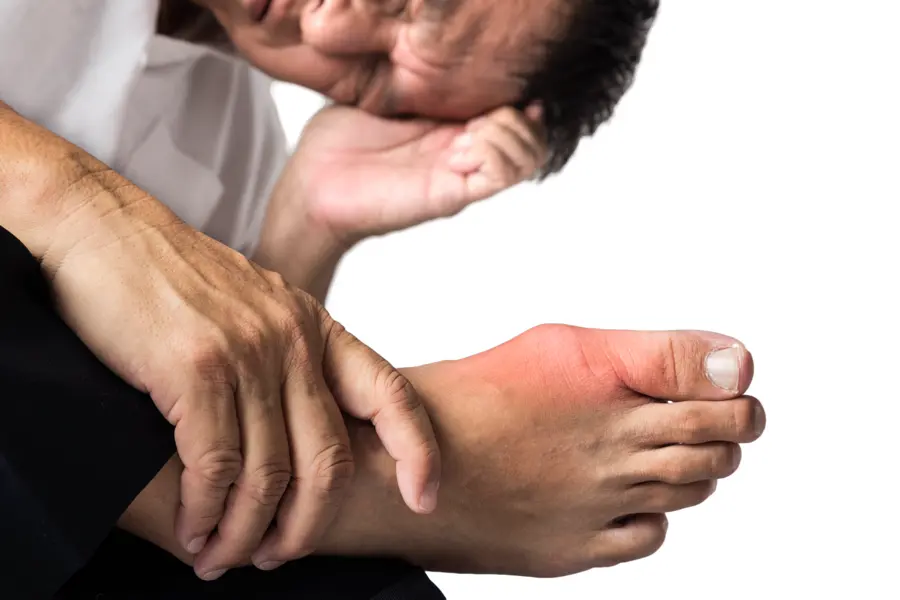
What are signs & symptoms of Arthritis & Gout?
- Joint pain
- Swelling
- Redness
- Stiffness
- Decreased range of motion
- Warmth in the affected area


